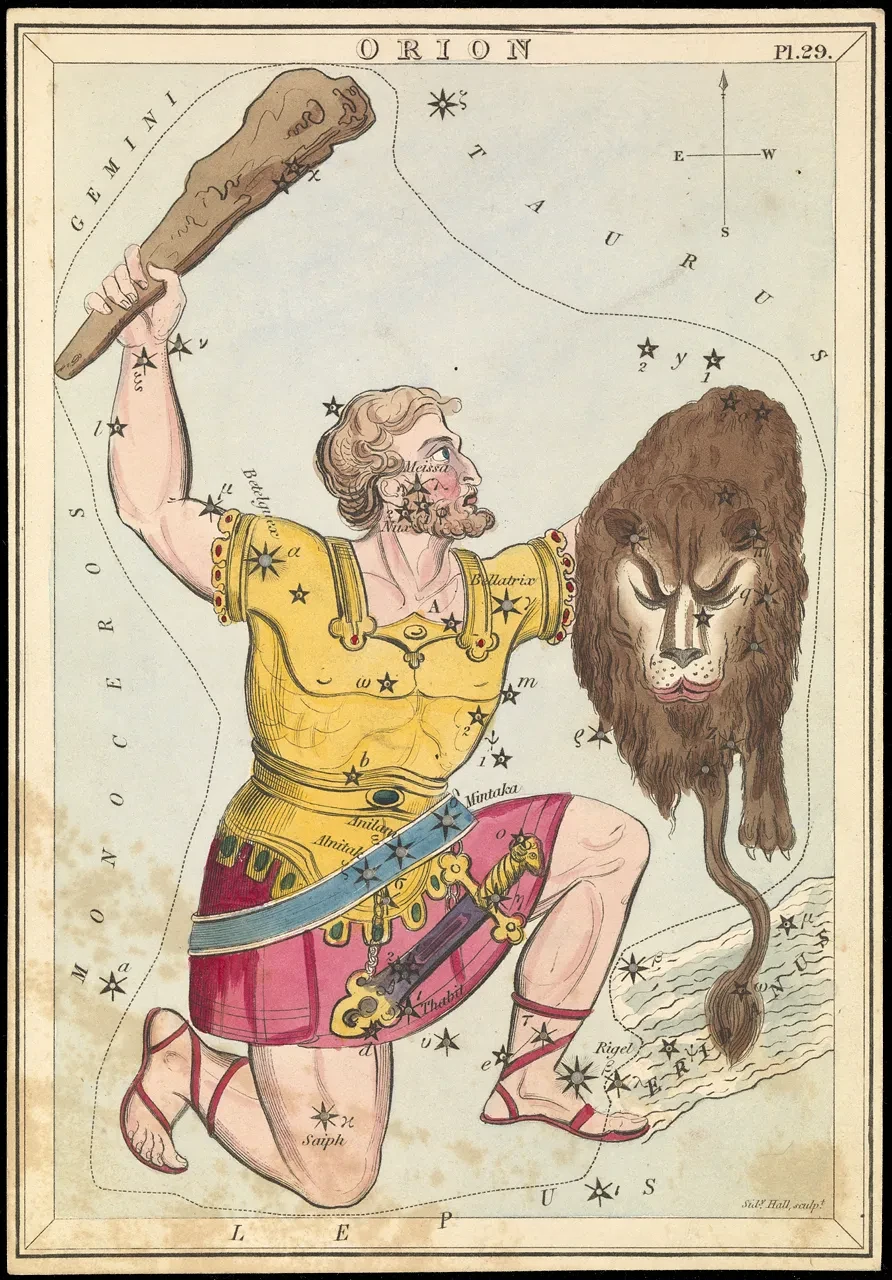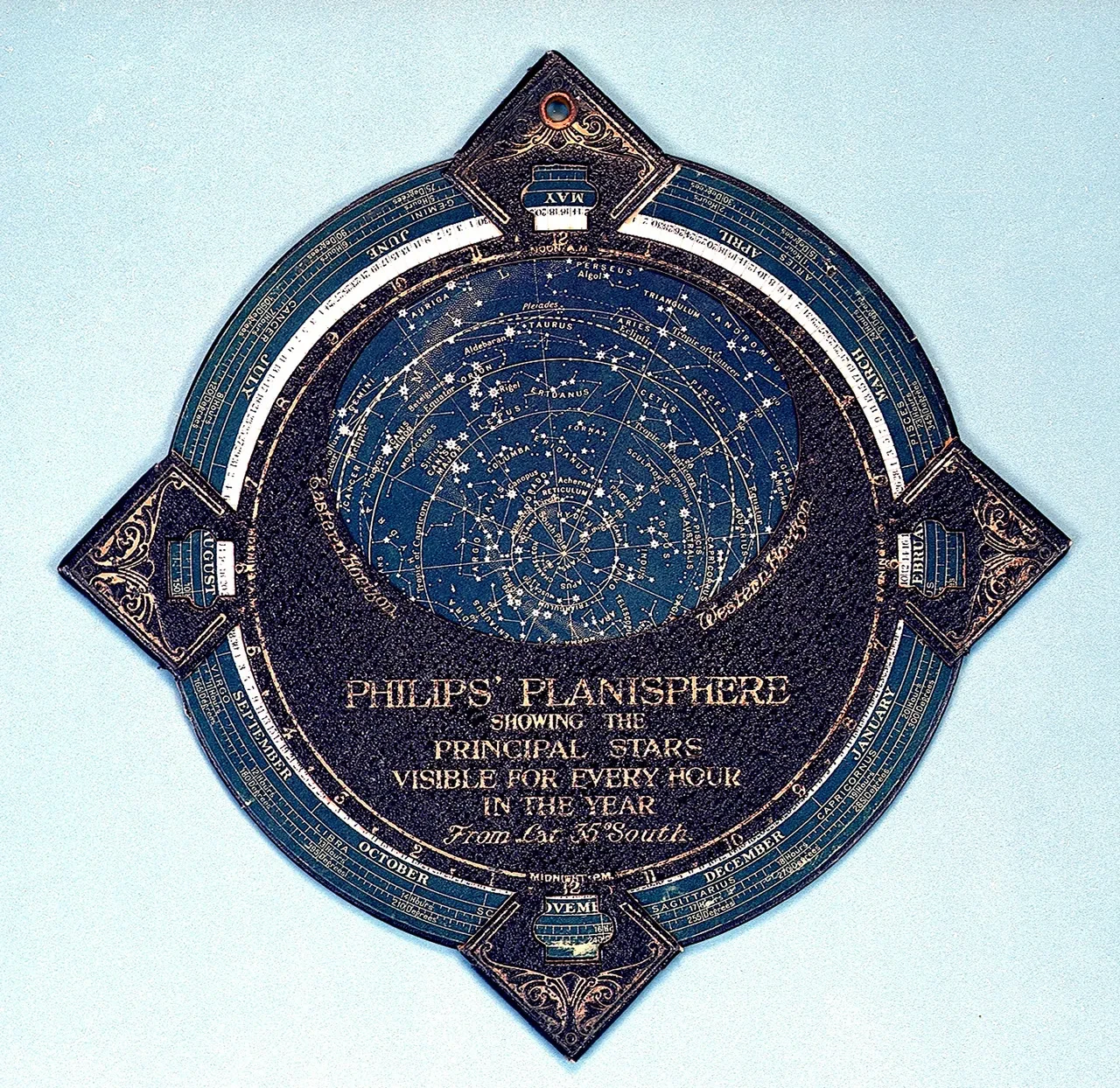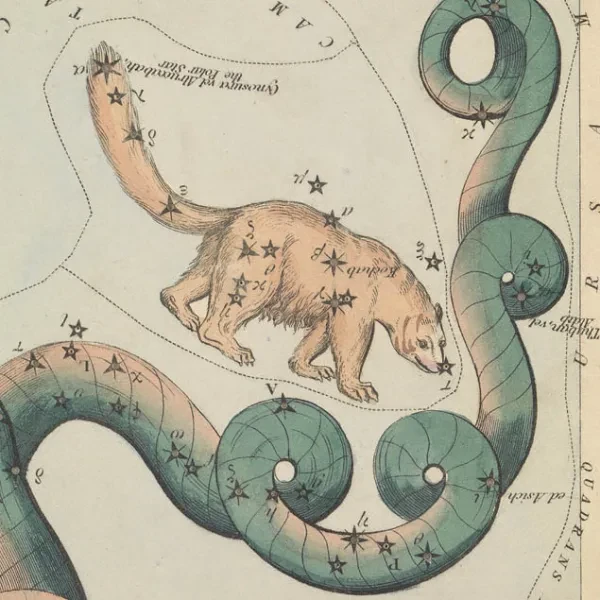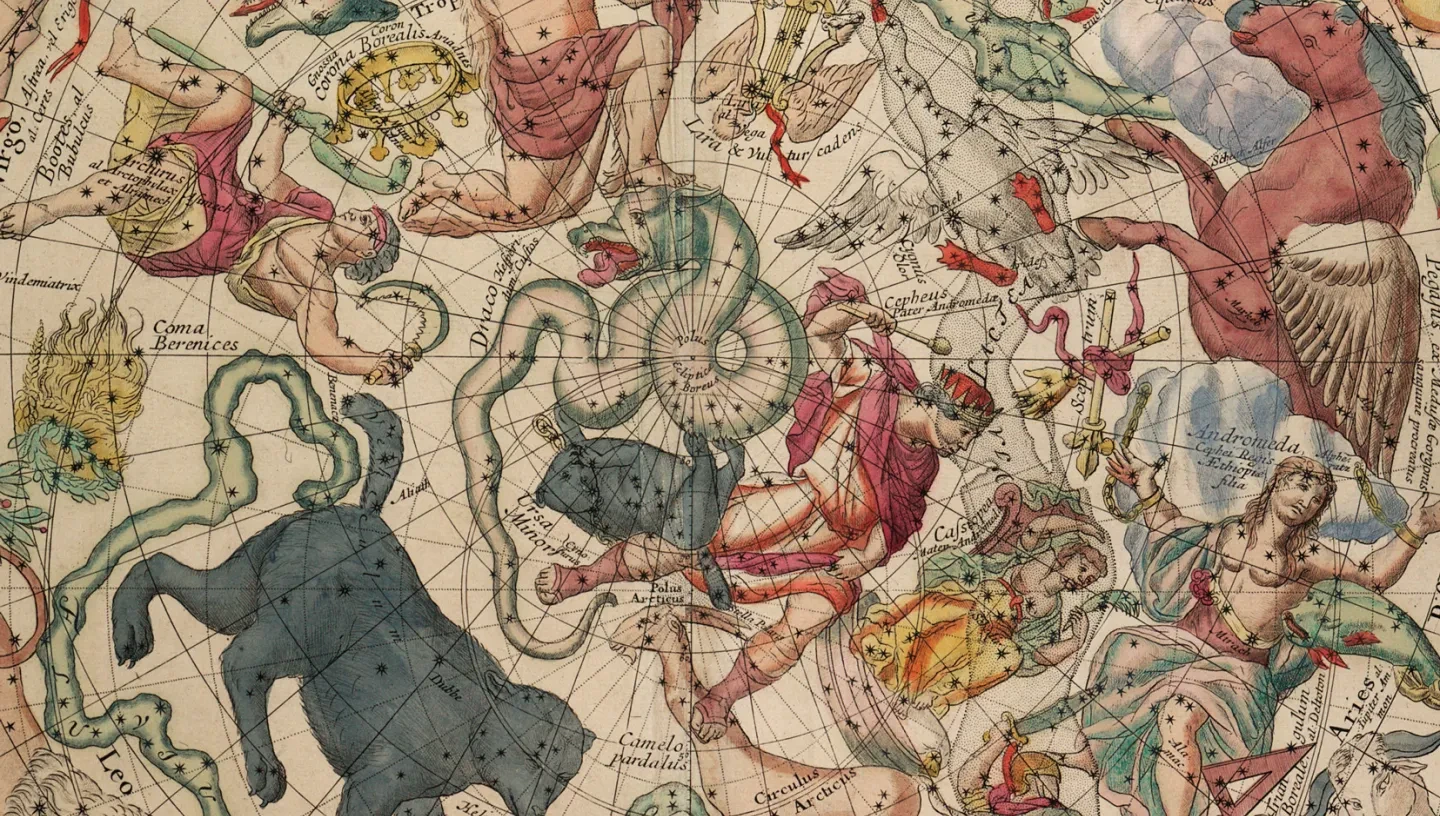
What are constellations?
Constellations are groups of stars that together form recognisable patterns. They're traditionally named after what they resemble such as Ursa Major (the Great Bear), or mythological figures like Orion and Hercules.
The patterns of the constellations were invented as distinctive, easy-to-remember patterns of stars as seen from Earth.
The 88 constellations act as a handy map of the skies and a seasonal calendar used from ancient times. But what connects the stars in the same constellation?
Humans have always liked to think that the stars are positioned in such an order that a relationship between them might be established. By linking particular patterns or groups of stars, many ancient civilisations used them to understand the universe through the creation of mythology.
During the Astronomical Congress of 1928, it was decided to recognize 88 constellations. A description of their agreed-upon boundaries was published at Cambridge, England, in 1930, under the title Céleste.
Today, we know any relationship to be purely superficial, since their positions are only relative to the position from which they are viewed from Earth. There are some exceptions however; for example most of the bright stars of the Big Dipper travel together, forming an open star cluster.
Although the constellations have no scientific significance, astronomers have retained them as convenient visual reference points; it is much easier to speak of a star in Orion than to give its geometrical position in the sky.
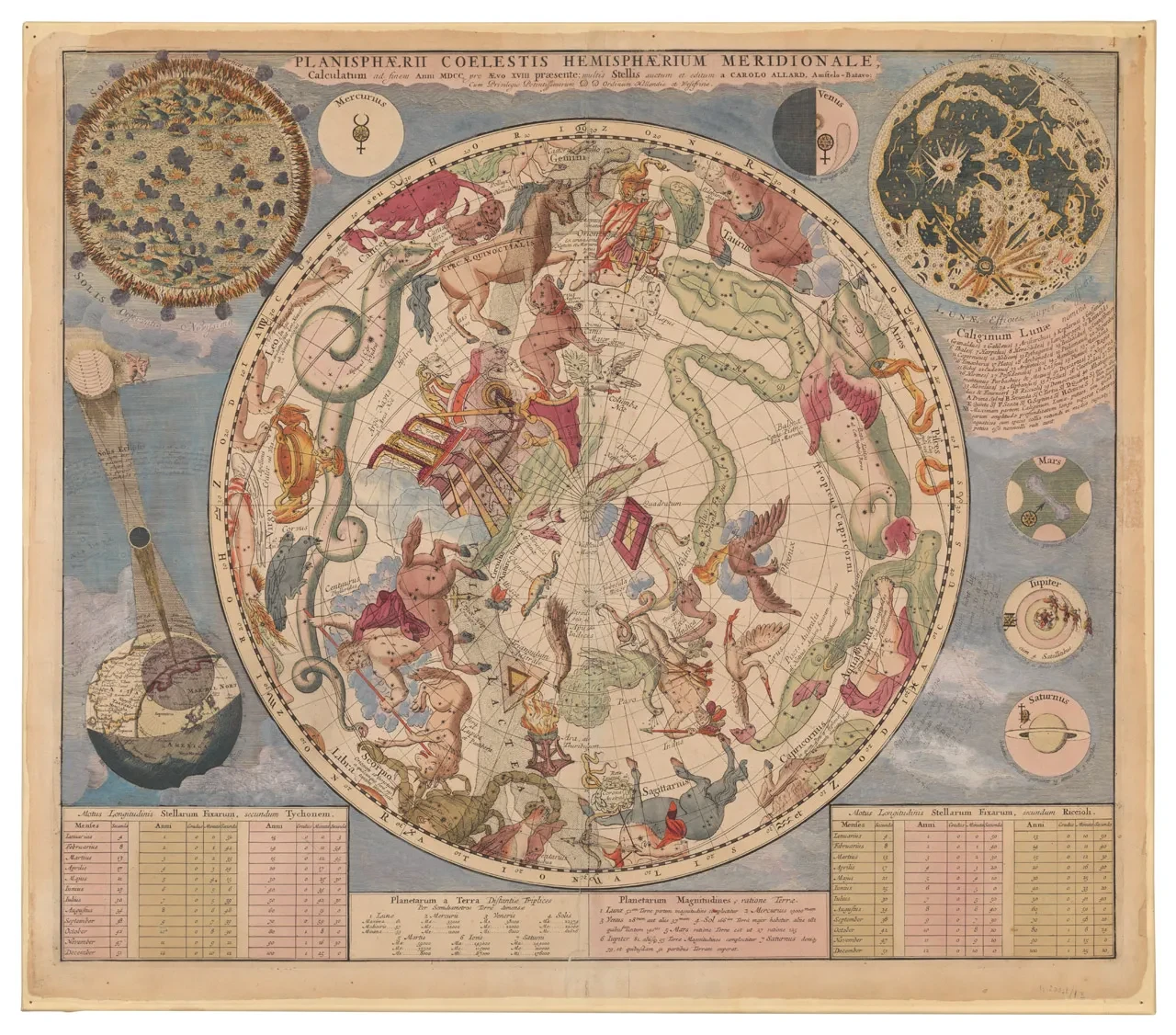
Origins of the constellations
Where did the constellations come from? The origins of the patterns is not known for certain, though the ancient Chinese and Egyptians are known to have applied symbolic sky maps.
The basic pattern followed today is that of the ancient Greeks and all of those given in Ptolemy's Algamest (dating from c.150 AD) are still in use.
When Ptolemy conceived their patterns the stars were thought to be equidistant from the Earth; this model was developed from Aristotle's conception of crystalline spheres on which the stars (and planets) rotated around a central Earth. So, the idea of a relationship between groups of stars would have been a realistic assumption.
The constellations in early cultures
Dependence on the sky became an essential part of many early cultures (and to agricultural cultures today).
Around the world there are many examples of ancient civilisations independently constructing sites which demonstrated a precise knowledge of the motions of the heavens. For example, Stonehenge in England or the pyramids in Chichen Itza, Mexico both provide an accurate system for determining celestial events.
Some historians argue that many of the myths associated with the constellations were invented specifically to help farmers construct an accurate understanding of the sky. From ancient times farmers knew that for most crops, you plant in the spring and harvest in the autumn. Therefore, by ensuring the planting took place at the correct time the risk of a failed harvest was kept to a minimum, particularly in regions where the differentiation between the seasons was slight.
Since different constellations are visible at different times of the year, farmers were able to use them to tell what month it was. The importance, to these early civilizations, of knowing the time of year calendar cannot be underestimated. As a result, accurate calendar prediction was an essential skill and was a central aspect of astronomy up to at least the 16th century.
Views of the constellations around the world
As the relative position of the Sun alters as Earth revolves around the Sun, so different constellations become visible in different parts of the night sky. For example, Scorpius is only visible in the Northern Hemisphere's evening sky during the summer.
Which constellations are seasonal depends on your latitude and will change from place to place around the world. From the Earth's extremities the visible sky is fixed. At the Poles all constellations are circumpolar; at the Equator all are seasonal.
How can you find constellations?
A simple planisphere or star wheel can be rotated to indicate what stars and constellations are visible at any one time and place.
Nowadays there are apps for phones and computers which are capable of giving you this information even more quickly and easily, and many will even show you which constellations your phone is pointing at.
You can find some constellations in the night sky by identifying some of their brightest or most recognisable stars. For example, you can find the constellation of Orion by first identifying the three bright stars in a row that make up his belt.
What is an asterism?
Asterisms are groups of stars which may be part of a constellation, or contain stars from across multiple constellations, which are recognisable as a group and have their own collective name.
For example, you may have heard of the 'Plough', which is a very well-known asterism. It's made up of the seven brightest stars in the constellation Ursa Major.
Other asterisms include the Pleiades or 'Seven Sisters' stars.

